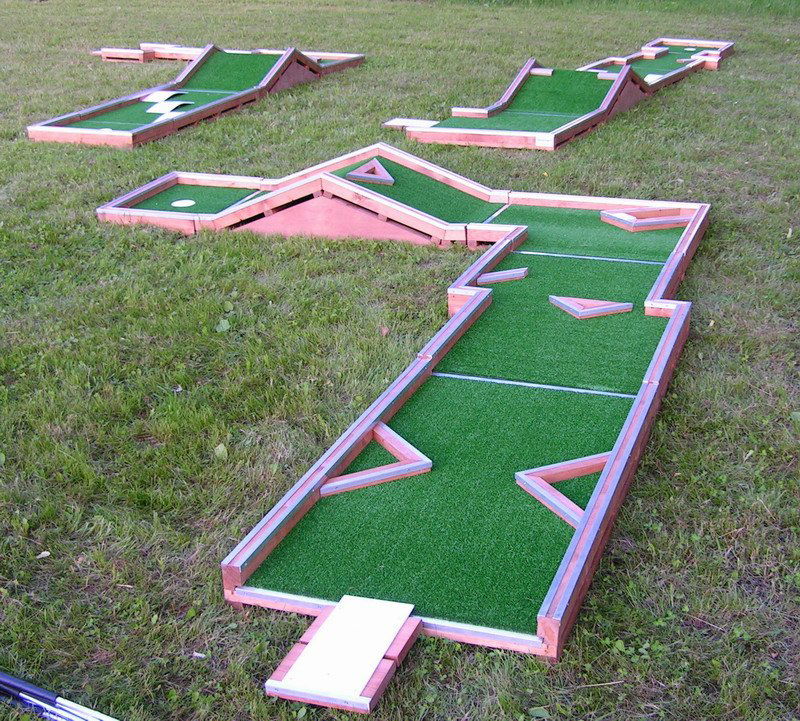Skin cancer: Warning all golfers
An issue which should be taken seriously by all golfers
“Pedestrian, polite, gentile. A “game”, not a sport. Mirthless. The dullest pastime known to man. A game for retirees and footballers whose knees have packed in. About as harmful to your health as a two Haliboranges dissolved in a camomile tea.
"While golfers might know the above to be untrue, it’s an understandable point of view.
"Having played since aged 12 (30 years and counting), those that know me would say it’s made me old before my time. Debatable. What’s undeniable though is the toll the game has taken on my face. And there were no “health warnings on the packet” when I first started playing.”
This extract is taken from the fantastic blog of Steven Taylor, who was recently diagnosed with a cancerous actinic keratosis which was caused from spending so much time in the sun.
Major winner Padraig Harrington, Tom Kite and Steve Elkington have all suffered with skin cancer, highlighting the importance of the issue.
Visit Steven's blog for more information
What is actinic keratosis?
Condition: Actinic keratosis is a condition which represents a largely increased risk of squamous cell carcinoma, a common type of skin cancer. It is also sometimes referred to as solar keratosis or senile keratosis.
Causes and risk control: The main cause of actinic keratosis is frequent exposure to the sun, and they are usually accompanied by other types of solar damage. The risk of a keratosis turning into skin cancer is relatively low, at 0-0.5%. They go away by themselves 15-60% of the time, although risk of them returning is greatly increased if you’ve had one in the past.
How can you spot an actinic keratosis?
- It will usually be 2-6mm in size
- It can range in colour from tan, pink or red
- An area of skin will feel thick and/or scaly
- The scaly area will feel dry and rough, and may flake
- If left unchecked, the scaly area may grow and look like a wart
- Where is an actinic keratosis likely to appear?
- They may appear anywhere that is commonly exposed to skin
- Some areas that are often associated with actinic keratosis are: face, ears, neck, scalp, hands, lips, forearms
Luckily the preventative measures to reduce the risk of an actinic keratosis developing are not too strenuous. They’re much the same as the usual sun safety advice we’re given: wear sunscreen, ideally of SPF 30+ and protecting against UVA and UVB light. Wear a hat and sunglasses, and ideally long sleeved tops and trousers (although obviously this isn’t too inviting a prospect in the height of summer!)
Treatments
If you think you have an actinic keratosis, first go to your doctor. Usually the actinic keratosis can be diagnosed by visual inspection. If it has progressed beyond a certain point, the doctor may perform a biopsy to check it is a lesion and not a skin cancer.
Various treatments are available including gel treatments, freezing off the keratosis with liquid nitrogen (cryosurgery), burning the keratosis off with electricity (electrocautery), and sometimes surgery. The treatment used will depend on how far the keratosis has progressed.
��

